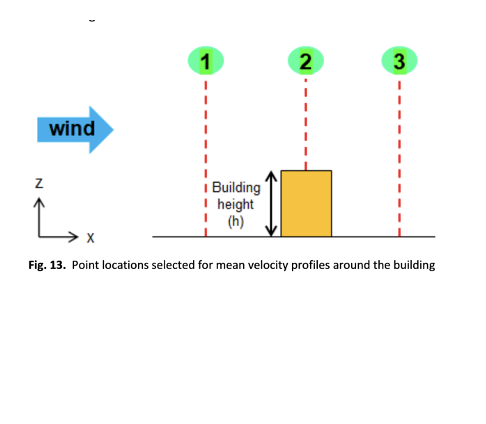Computational Fluid Dynamic Simulations of Wind-Induced Ventilation in Idealized Step-Up Street Canyons
Keywords:
CFD, wind-induced ventilation, step-up canyonAbstract
In the urban environment, a street canyon that lies between two buildings is sheltered, to some degree, from wind flow. To enhance wind penetration into the street canyon, the step-up canyon made up of the lower upwind building and the higher downwind building, can be instead used. Computational fluid dynamics (CFD) simulations were performed using the Reynolds-averaged Navier Stokes (RANS) k- epsilon model to examine the wind flow characteristics in street canyons and obtain the ventilation rate, Q of window openings with the window-to-wall ratio (WWR) of 0.25 in various step-up canyons designs; the geometry of a step-up canyon is defined by the aspect ratio which is the ratio between the upwind building height to the downwind building height, hu/hd. The simulation results indicated that the increase of hu/hd from 0.25 to 1.0, corresponding to the increase of the upwind building height, led to the decrease of Q. The flow visualizations obtained from the CFD simulations showed the types of wind flow characteristics, such as deflected and recirculating flows, formed in the street canyon and affected the values of Q. In brief, the results indicated the feasibility of the step-up canyon, particularly with hu/hd = 0.25 and 0.50, in channelling wind flows into the canyon and increasing the ventilation rate of the building.
Downloads



















